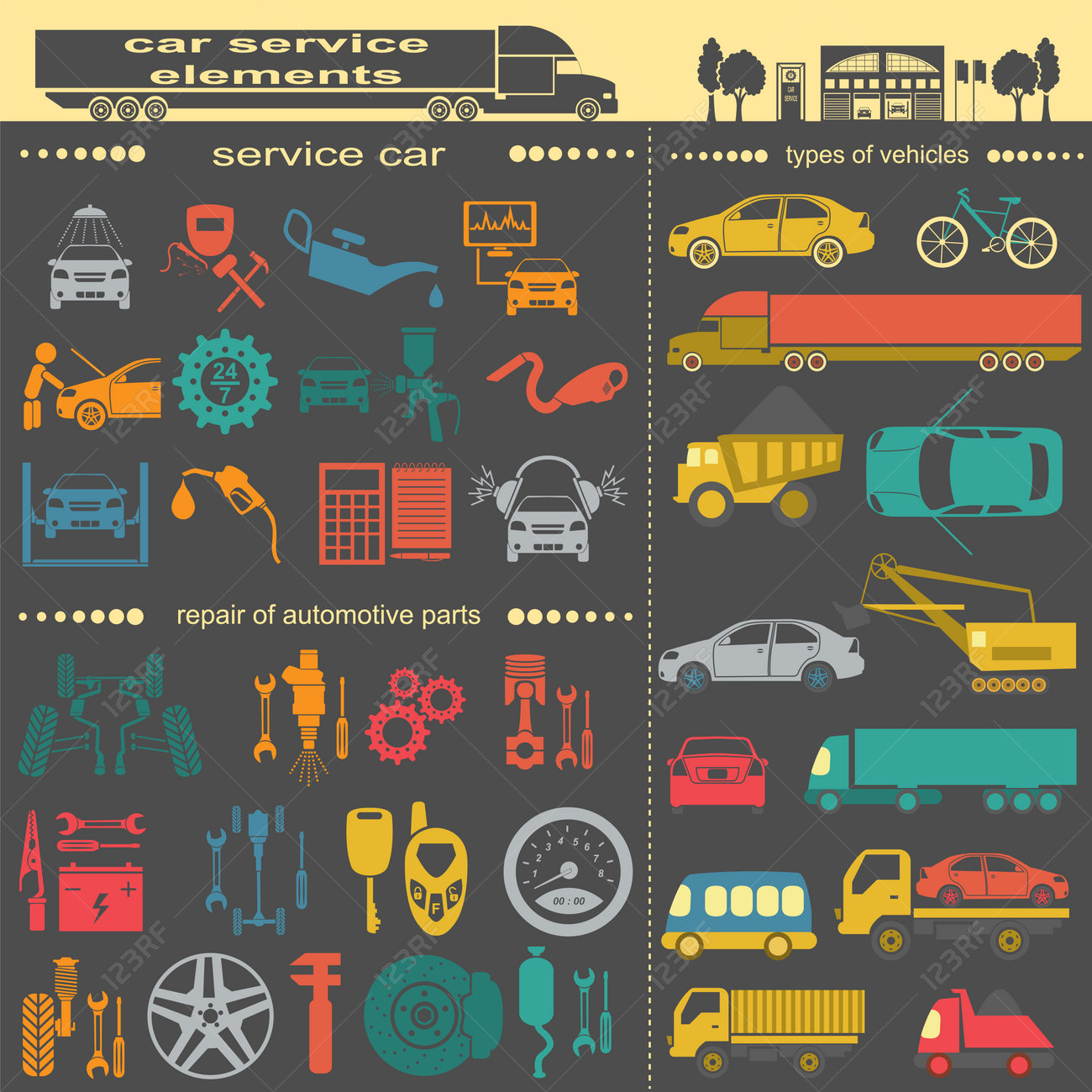Wondering Regarding The Meaning Behind Those Control Panel Warning Lights? Gain Insights Right Into Their Implications For Your Automobile'S Safety And Security And Maintenance
Wondering Regarding The Meaning Behind Those Control Panel Warning Lights? Gain Insights Right Into Their Implications For Your Automobile'S Safety And Security And Maintenance
Blog Article
Write-Up Author-Lim Shepherd
When you're behind the wheel, those glowing warning lights on your dashboard can be a little bit difficult. Do you know what they're attempting to inform you regarding your car's health? Recognizing the relevance of these lights is essential for your security and the long life of your lorry. So, https://chassispartscar17394.blogdeazar.com/30396750/interested-concerning-discovering-the-best-vehicle-repair-shop-near-you-discover-the-leading-10-ideas-that-will-certainly-help-you-make-an-informed-decision following time among those lights turns up, wouldn't you wish to decode its message precisely and take the necessary actions to resolve it?
Common Warning Lighting and Interpretations
Identify typical caution lights in your vehicle and recognize their significances to make sure risk-free driving.
click this link here now consist of the check engine light, which signifies issues with the engine or discharges system. If this light comes on, it's essential to have your car checked quickly.
The oil stress warning light indicates low oil stress, needing prompt interest to stop engine damage.
A blinking battery light may recommend a malfunctioning charging system, possibly leaving you stranded if not addressed.
The tire stress monitoring system (TPMS) light notifies you to reduced tire stress, influencing automobile security and gas performance. Disregarding Click At this website can cause unsafe driving conditions.
The abdominal light indicates an issue with the anti-lock stopping system, endangering your capacity to stop rapidly in emergencies.
Lastly, the coolant temperature warning light warns of engine getting too hot, which can cause extreme damage if not solved promptly.
Comprehending these common warning lights will help you resolve issues immediately and preserve safe driving conditions.
Relevance of Prompt Attention
Understanding the usual caution lights in your vehicle is only the initial step; the significance of promptly resolving these cautions can not be highlighted enough to guarantee your safety on the road.
When a warning light illuminates on your control panel, it's your car's means of communicating a potential problem that needs interest. Ignoring these warnings can lead to extra serious troubles in the future, endangering your security and possibly costing you more in repairs.
Trigger interest to warning lights can stop breakdowns and crashes. For example, a blinking check engine light might indicate a misfire that, if left neglected, might create damages to the catalytic converter. Addressing this promptly can save you from an expensive repair work.
Likewise, a brake system warning light might indicate low brake liquid or used brake pads, crucial components for your safety and security when driving.
DIY Troubleshooting Tips
If you discover a caution light on your dashboard, there are a couple of DIY troubleshooting tips you can try before seeking expert aid.
The first step is to consult your automobile's guidebook to recognize what the details caution light indicates. Occasionally the concern can be as straightforward as a loosened gas cap activating the check engine light. Tightening up the gas cap might settle the trouble.
An additional typical concern is a reduced battery, which can cause numerous advising lights. Checking the battery connections for rust and guaranteeing they're secure may repair the trouble.
If a caution light lingers, you can try resetting it by detaching the car's battery for a couple of mins and afterwards reconnecting it. In addition, checking your vehicle's fluid degrees, such as oil, coolant, and brake fluid, can help fix cautioning lights connected to these systems.
Final thought
Finally, understanding your automobile's warning lights is vital for maintaining your vehicle running efficiently and securely. By immediately addressing these signals and recognizing what they imply, you can prevent costly fixings and prospective breakdowns.
Bear in mind to consult your auto's handbook for particular information on each cautioning light and do something about it accordingly to guarantee a hassle-free driving experience.
Keep educated, remain safe when traveling!
